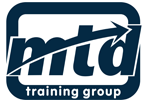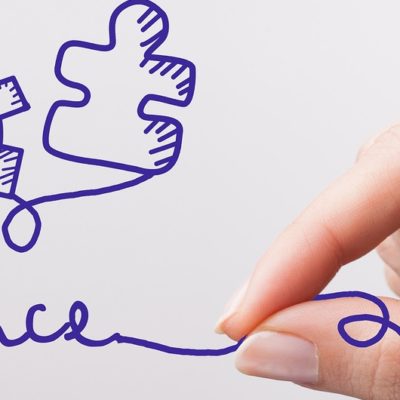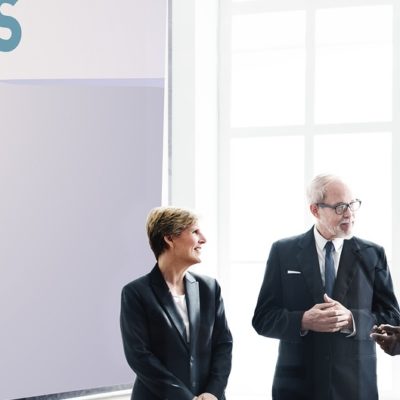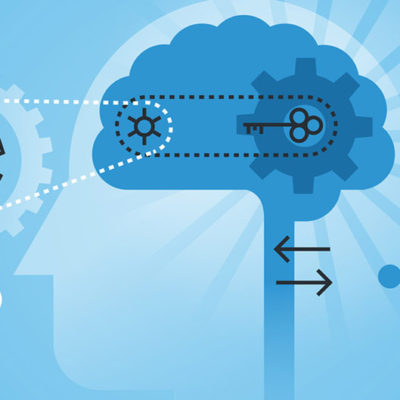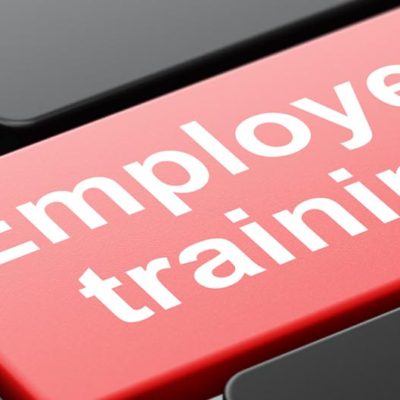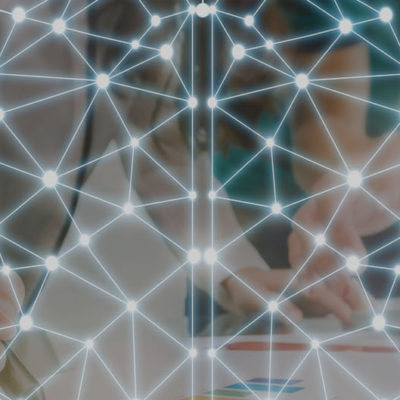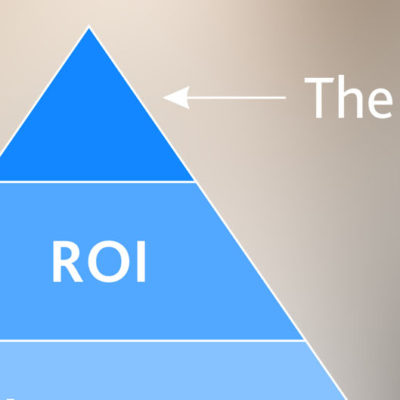The old question of “how do we train our delegates on training courses?” is now redundant.
The new question has to reflect the new way people learn ideas and improve their contribution to their companies.
If we are able to identify the main learning components that make a person contribute more effectively to their jobs and companies, we increase the chances of any learning intervention you carry out being successfully implemented.
So, what do we have to do to encourage our learners to take personal responsibility for their learning and actively apply it in the workplace?
We have to acknowledge the multiple intelligences that people have and adapt our training interactions to reflect these different levels.
This means creating absorbing, interactive, collaborative and fun learning initiatives that correspond to the multiple ways that adults learn.
You might know about Howard Gardner’s work on multiple intelligences and how he revolutionised the way we measure and consider intelligence.
Here are just seven of the different types he uncovered:
- Verbal/Linguistic
- Logical/Mathematical
- Visual/Spatial
- Musical/Rhythmic
- Bodily/Kinaesthetic
- Interpersonal
- Intrapersonal
Click above for a short video from
Howard Gardner on Multiple Intelligences
We are aware that we have to mix up our training programmes to create variance, interest and a fun environment, so people look forward to attending and participating in events.
But how can we ensure that our trainings also cover the main intelligences and offer delegates the opportunity to test out their skills and knowledge?
Here are some ideas to experiment with when you are designing and developing your programmes, and incorporating the diverse levels of intelligence that many delegates will be exhibiting.
 Verbal/Linguistic
Verbal/Linguistic
- Get delegates to write exercises for other groups to carry out
- Encourage practice of listening skills with effective exercises
- Read a list of objects and get delegates to recall as many as they can.
- Individuals read through synopsis of new programme or project and explain it to others
- Delegates share learnings with other delegates and work on their speaking and clarification skills
The purpose of demonstrating this intelligence is to show delegates how verbal dexterity assists in clarifying messages given to others, orally or written
Want to find out more about Howard Gardner? Here are 3 useful resources…
 Logical/Mathematical
Logical/Mathematical
- Develop patterns of prose and get delegates to ascertain the logical errors or differences between them
- Replace letters with numbers and get delegates to work out what words are being replaced by specific numbers
- Utilise problem-solving activities to make delegates think through the logical of situations
- Use reasoning exercises to get delegates to resist the urge to make assumptions of others’ communications
- Use logic puzzles to get delegates to think at different levels of abstraction
- Create a flow-chart of the main learning points and flip-chart them
Its purpose is to enable delegates to think using their left brains, at the logical, factual and mathematical level
 Visual/Spatial
Visual/Spatial
- Write different-coloured words and ask delegates to read the colour of the words, not the word itself (so put up a slide with the word green, but written in blue, and suchlike, repeated maybe fifteen times with different words and colours)
- Put up seven shapes and ask people to note the one that’s different out of the seven
- Get delegates to involve themselves in building towers, sculpting out of paste or plasticine
- Ask them to rearrange words into proper sequence, using visual awareness
- Draw a model of a person on a chart and get delegates to label the model with characteristics of a great manager/presenter/salesperson, etc
- Ask delegates to produce a mind-map of the proceedings as the day progresses
- Re-arrange the room layout at each break to help delegates experience variety
The purpose of this is to encourage different levels of thinking around the spatial awareness and visual intelligences and get people to practice working at those different levels

Follow Howard Gardner on Twitter
 Musical/Rhythmic
Musical/Rhythmic
- Ask delegates to summarise a learning session by writing a rap version of their notes
- Play a short passage of a famous song and see who can continue of the song by clapping or humming the continuation
- Get delegates to put their notes to a famous song and perform it to the group
- Pick a song that everyone knows and ask a small group to re-write the words to reflect what has been learned in the session
- Play a karaoke version of a song and ask who can recognise it
- Play specific music for each learning session, related to the subject matter
These exercises ask delegates to incorporate their musical intelligence into an ‘out-of-the-box’ format, and have fun reproducing them.
 Bodily/Kinaesthetic
Bodily/Kinaesthetic
- Get the group to form a circle and one person to throw a ball to a person across the circle, after giving a message they have taken from the training
- The group produces an object from clay or plasticine based on a learning point from the day’s activities
- The group form a line and one person steps forward to say a word of a story, then steps back in line. Another person carries on the story by stepping forward and afterwards stepping back in line. The story carries on until every member of the group has participated, then continues with the first person again adding another word. Continue until the story naturally ends
- Get delegates to create a board game as large as the room and get people to place themselves on specific parts of the board at various times to reflect their learning of the ideas discussed
Bodily/Kinaesthetic intelligence is rarely displayed in training programmes, so this offers the opportunity to get up and experiment with ideas and activities
 Interpersonal
Interpersonal
- Get pairs and threes to share motivations for being on the programme
- Ask delegates to introduce themselves to a new person and then introduce that person to the group, while in session
- Create a ‘feelings’ interlude and get delegates to interact, identifying the emotions people are experiencing during the break
- Act as a coach to help another delegate learn the ideas
- Work with a partner to interview others who are excellent or experienced at what they do. Get them to report back to the group what they have found out from these experts
Here, the key skill of interacting with others is practiced and honed in a safe environment

 Intrapersonal
Intrapersonal
- Get delegates to keep a notepad handy and write any key points they will apply after the training
- Offer delegates some peaceful time to reflect on their ideas and write them down
- Ask people what they feel about the learnings and create an emotion diary before they leave (anxious about this idea, excited about that idea, etc.)
- Build chances to write notes about how they will keep themselves motivated and driven back in the workplace
Delegates are encouraged to be reflective and thoughtful about the learnings and, importantly, determine how the ideas can be incorporated into the workplace
These seven different intelligences can be incorporated into any learning interaction and they offer plenty of chances to beef-up the content of a programme, while allowing the different types of learning styles to be exhibited and facilitated.

Sean McPheat | 
CEO
The MTD Training Group
